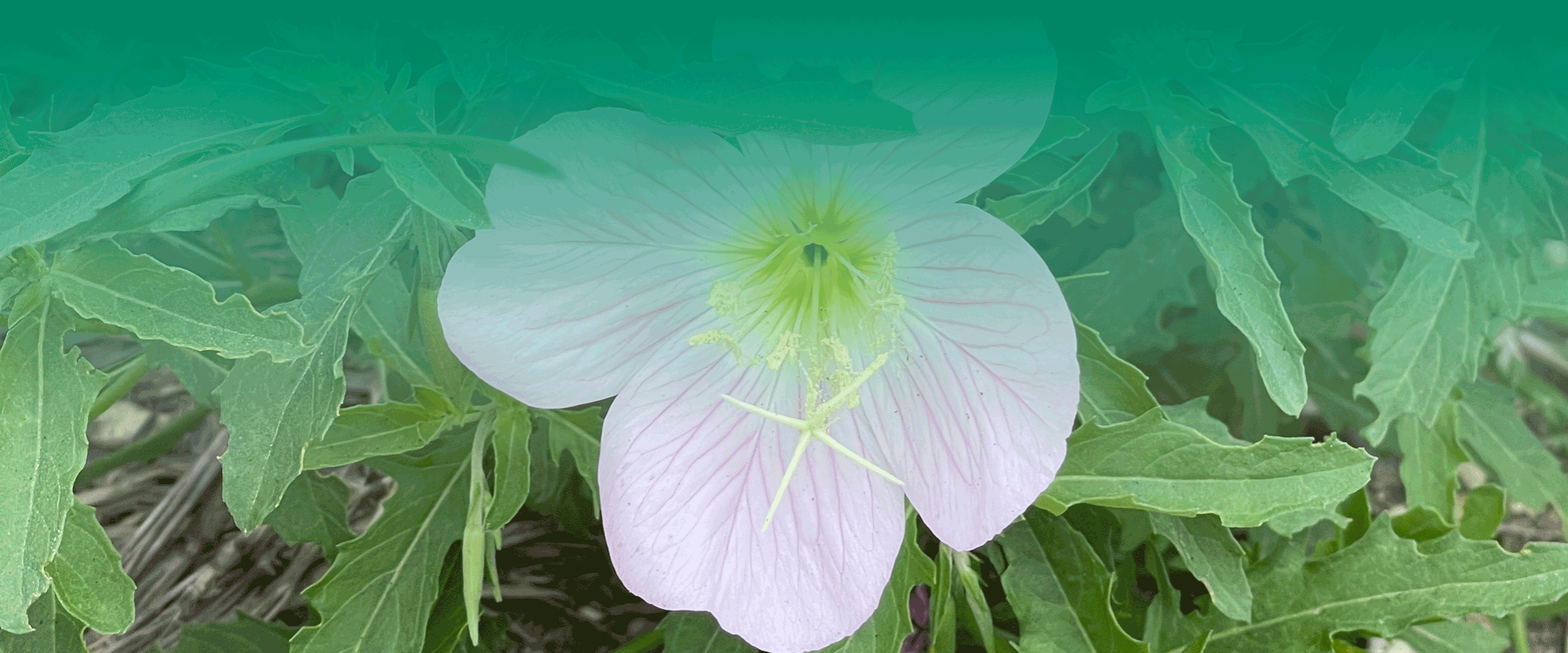Using natural predators in agriculture is better for several reasons. First and foremost, natural predators can effectively control pest populations without the use of harmful pesticides that can have negative impacts on the environment and human health. Pesticides can have non-target effects on other beneficial insects, birds, and animals, and can also contaminate soil and water.

Specific to bees, pesticides are harmful and can have a negative impact on their health and survival. Pesticides can interfere with the bees’ nervous system, impairing their ability to navigate and find food, which can lead to decreased foraging success and colony growth [1]. Pesticides can also reduce the bees’ ability to fight off diseases and parasites, making them more susceptible to infections [2].
In contrast, natural predators such as beneficial insects, birds, and other animals can control pests without harming bees. For example, ladybugs and lacewings are natural predators that feed on aphids, which are a common pest of crops. Using these natural predators can reduce the need for pesticides and can help maintain a healthy ecosystem that supports bees and other beneficial insects [3].

Furthermore, using natural predators can also promote a more sustainable and resilient agriculture system. Pesticides can lead to the development of pesticide-resistant pests, which can require even more pesticides to control [4]. In contrast, natural predators can help control pests over the long term and can reduce the need for repeated pesticide applications.
Using natural predators to control pests is a safer and more sustainable method than using pesticides for bees. This approach can help protect bees and other beneficial insects, reduce the development of pesticide-resistant pests, and promote a more sustainable and resilient agriculture system.

References
Blacquière, T., Smagghe, G., van Gestel, C. A., & Mommaerts, V. (2012). Neonicotinoids in bees: a review on concentrations, side-effects and risk assessment. Ecotoxicology, 21(4), 973-992. [1}
Alkassab, A. T., Kirchner, W. H., & Sgolastra, F. (2020). Pesticides and Honey Bees: Effects, Mechanisms and Mitigation Strategies. Insects, 11(4), 224. [2]
Landis, D. A., Wratten, S. D., & Gurr, G. M. (2000). Habitat management to conserve natural enemies of arthropod pests in agriculture. Annual review of entomology, 45(1), 175-201. [3]
Goulson, D. (2013). REVIEW: An overview of the environmental risks posed by neonicotinoid insecticides. Journal of Applied Ecology, 50(4), 977-987. [4]


